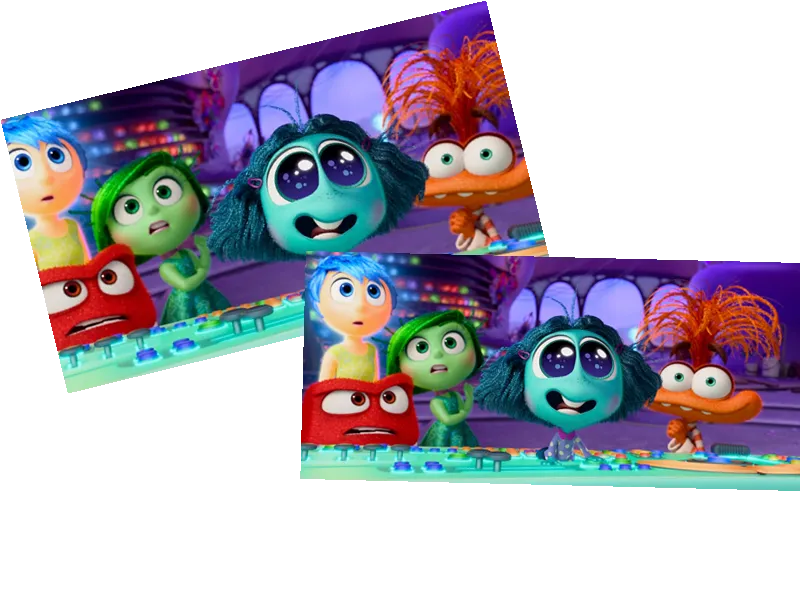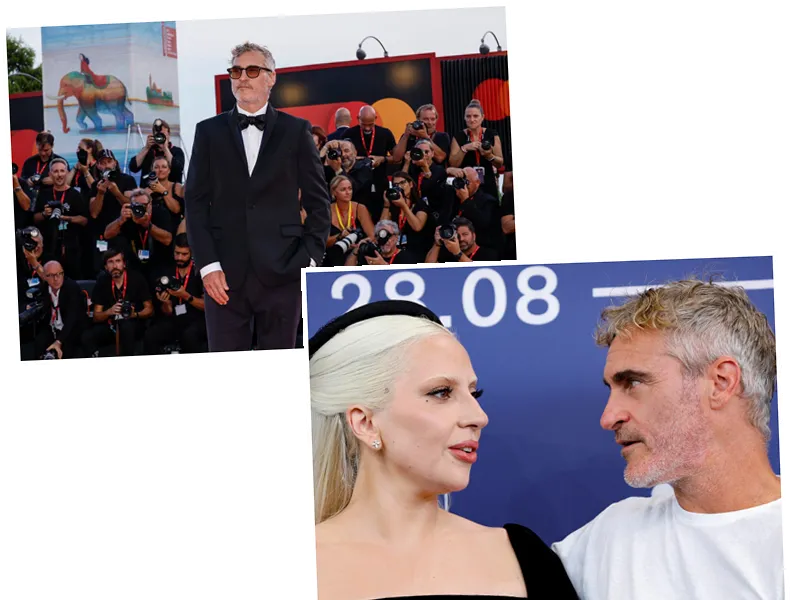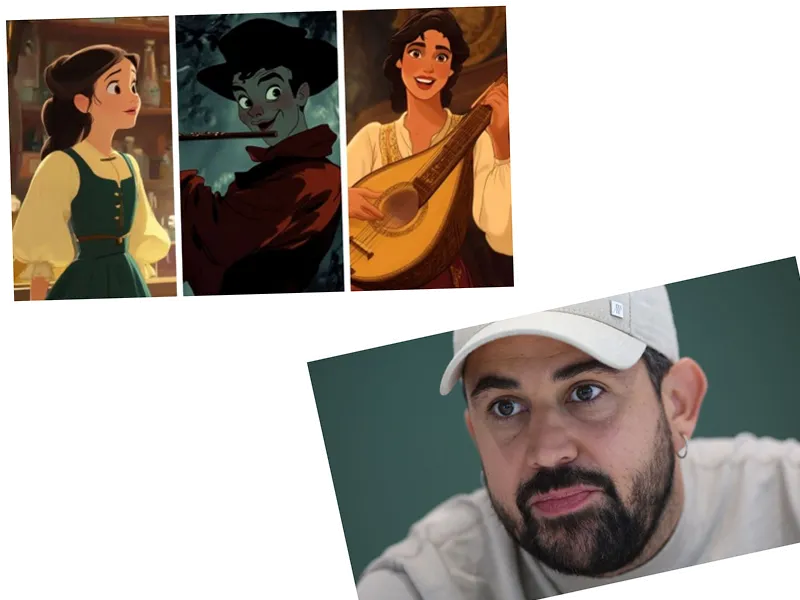Disney's highly anticipated sequel, "Inside Out 2," has made a significant impact at the box office, grossing $155 million in its debut. The film, which follows the emotional journey of Riley as she navigates adolescence, introduces new emotions that resonate deeply with both teenagers and adults.
In the original 2015 film, Riley's actions were controlled by emotions like joy, sadness, anger, fear, and disgust. In "Inside Out 2," viewers are introduced to new emotions such as anxiety, shame, envy, and ennui. These emotions reflect the complex and often overwhelming nature of teenage life, making the film relatable to its audience.
Dr. Lisa Damour, an Ohio clinical psychologist who consulted on the film, explains that adolescence is characterized by heightened emotions. This is supported by Dr. Laurence Steinberg, a professor of psychology and neuroscience at Temple University, who notes that teenagers experience emotions more intensely than children or adults. This emotional intensity is a key theme in "Inside Out 2," as Riley's reactions are magnified by her new emotions.
The film's portrayal of anxiety, voiced by Maya Hawke, is particularly noteworthy. Anxiety attempts to control Riley's life by preparing her for possible negative outcomes and pushing her toward perfection. This mirrors real-life experiences of anxiety, making the character's struggles relatable to many viewers.
Shame, voiced by Paul Walter Hauser, is another new emotion Riley faces. As a teenager, Riley becomes more self-conscious and aware of others' perceptions, leading to increased feelings of shame. Envy, voiced by Ayo Edebiri, also plays a role in Riley's life, as she becomes more aware of the comparisons between herself and others.
Ennui, voiced by Adele Exarchopulos, adds a layer of teenage apathy to Riley's personality. This emotion reflects the boredom and lethargy that often accompany adolescence, making Riley's character even more relatable to the audience.
While "Inside Out 2" has been commercially successful, some critics feel that it lacks the originality and surprise of the original film. Despite this, the film's exploration of complex teenage emotions and its relatable characters make it a valuable addition to Pixar's repertoire.
- The success of "Inside Out 2" at the box office demonstrates the enduring appeal of Pixar's storytelling. The film's ability to connect with both teenagers and adults highlights the studio's talent for creating emotionally resonant content.
- The introduction of new emotions in "Inside Out 2" reflects the complex nature of adolescence. By portraying emotions like anxiety, shame, envy, and ennui, the film offers a realistic and relatable depiction of teenage life.
- Despite some criticisms regarding the film's originality, "Inside Out 2" has been praised for its emotional depth and relatable characters. The film's exploration of teenage emotions provides valuable insights into the challenges of adolescence.
- The involvement of psychologists like Dr. Lisa Damour and Dr. Laurence Steinberg in the making of "Inside Out 2" adds credibility to the film's portrayal of teenage emotions. Their expertise ensures that the film accurately reflects the emotional experiences of teenagers.






